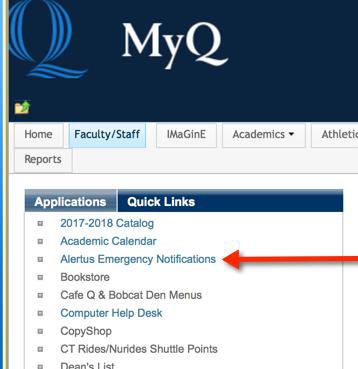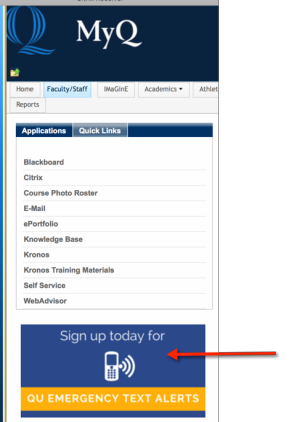
Last year’s QTHON charity event, courtesy of the QTHON Facebook page .
By Nicholas Williams
Quinnipiac University will host its eighth annual QTHON charity event Saturday from 2 p.m. to midnight. The 10-hour dance marathon will take place in Quinnipiac’s recreation center at Quinnipiac University’s Mount Carmel campus.
QTHON has been an annual event at Quinnipiac University since 2011. QTHON has raised more than $450,000 to date for the Connecticut Children’s Medical Center. Dancers and sponsors raised $218,184.83 for the cause at last years event.
The dance marathon charity event began in 1973 in the HUB Ballroom at Penn State. Penn State’s IFC President Bill Lear put on the inaugural event. His goal was to host a dance marathon for a worthwhile cause. Over $2,000 was raised in its first event. Since then, the event has adopted the name “THON” and has raised well more than $100 million to date at Penn State alone.
Students and community members around Hamden will gather Saturday to attempt to reach the goal of $250,000 raised. Dancers who have raised more than $100 prior to the event will receive a QTHON dancer shirt, as well as food and other amenities.
The entry fee for all other attendees is $10 at the event according to QTHON co-executive director, Steph Rivera.
To donate or start your own fundraising page visit QTHON’s website here.

